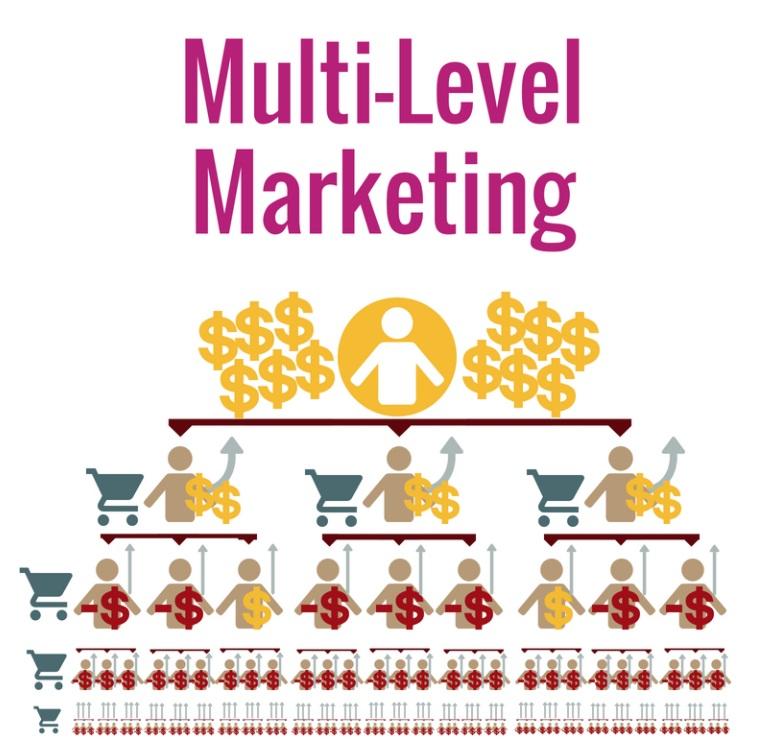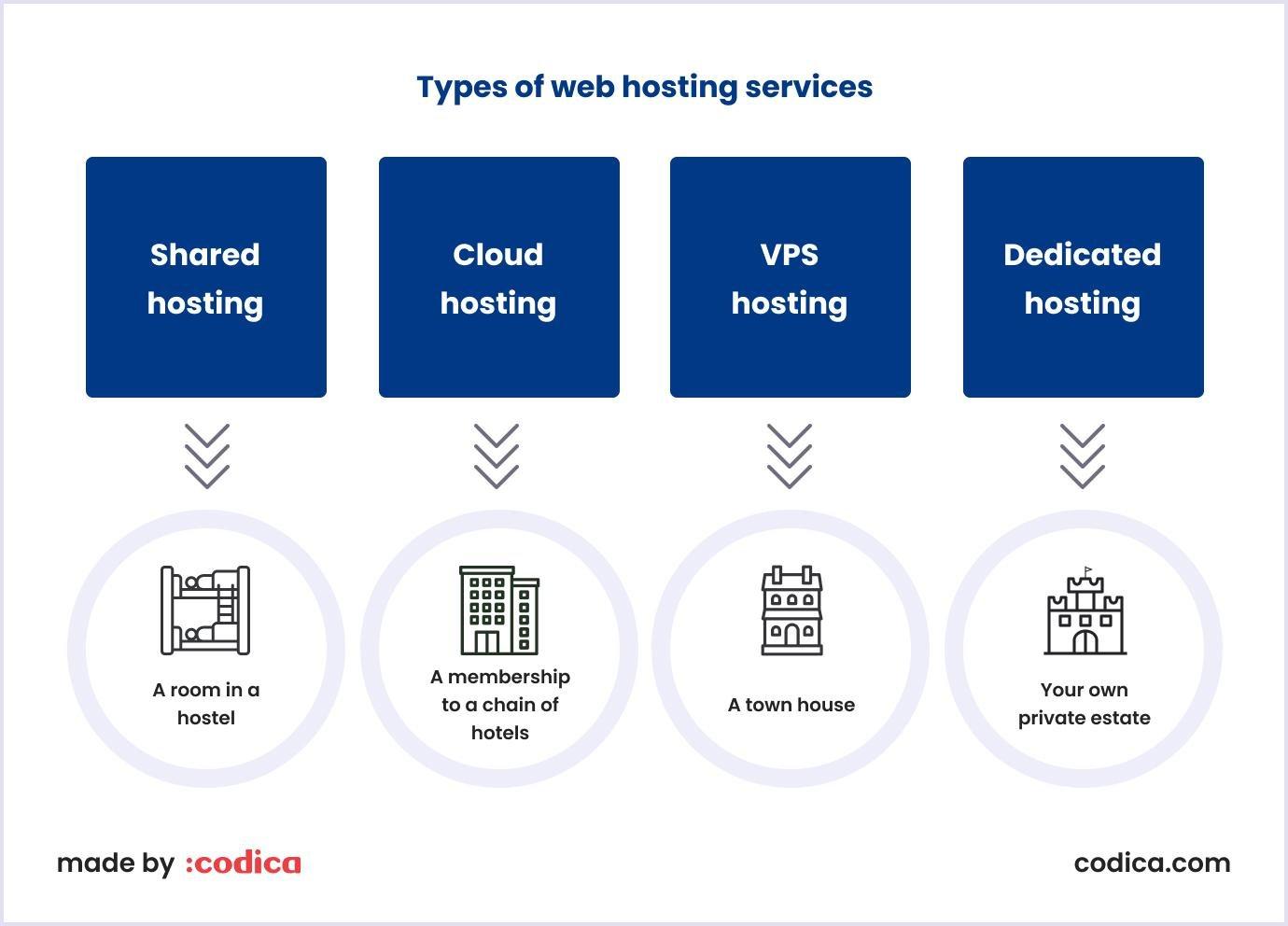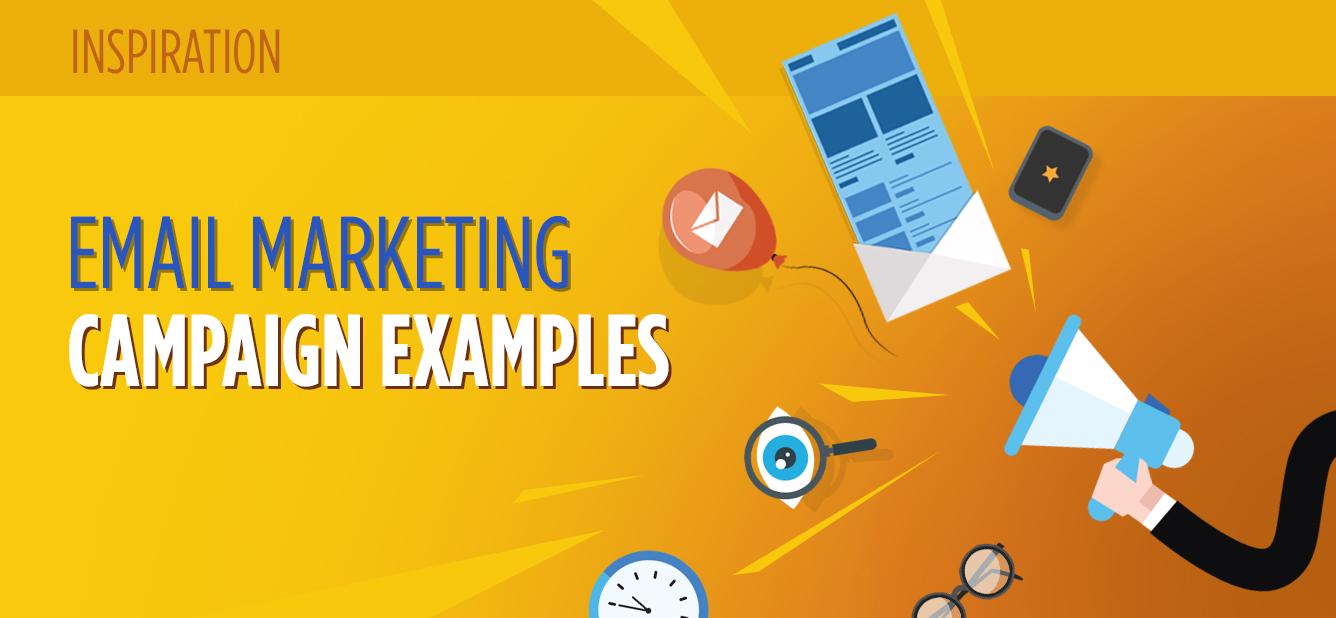Building Secure Software for Wealth Management: A Necessity, Not an Option
In today’s fast-paced digital world, the landscape of wealth management is evolving at lightning speed.With this shift comes a pressing question: how secure is yoru software? As financial institutions increasingly rely on digital solutions, the stakes are higher than ever. A single security breach can compromise sensitive data,erode client trust,and devastate a firm’s reputation.
But let’s face it—building secure software isn’t just a checkbox on a compliance list; it’s a basic necessity for fostering client relationships and ensuring long-term success. Imagine a wealth management platform that not only meets regulatory standards but also anticipates threats, adapts to new technologies, and keeps your clients’ assets safe. Sounds ideal, right?
In this article, we’ll explore the vital principles of creating secure software tailored to the unique needs of wealth management firms. we’ll discuss best practices, common pitfalls to avoid, and innovative strategies to implement robust security measures. Because when it comes to safeguarding your clients’ financial futures, cutting corners is simply not an option.Let’s dive in and discover how you can build a fortress around your wealth management software.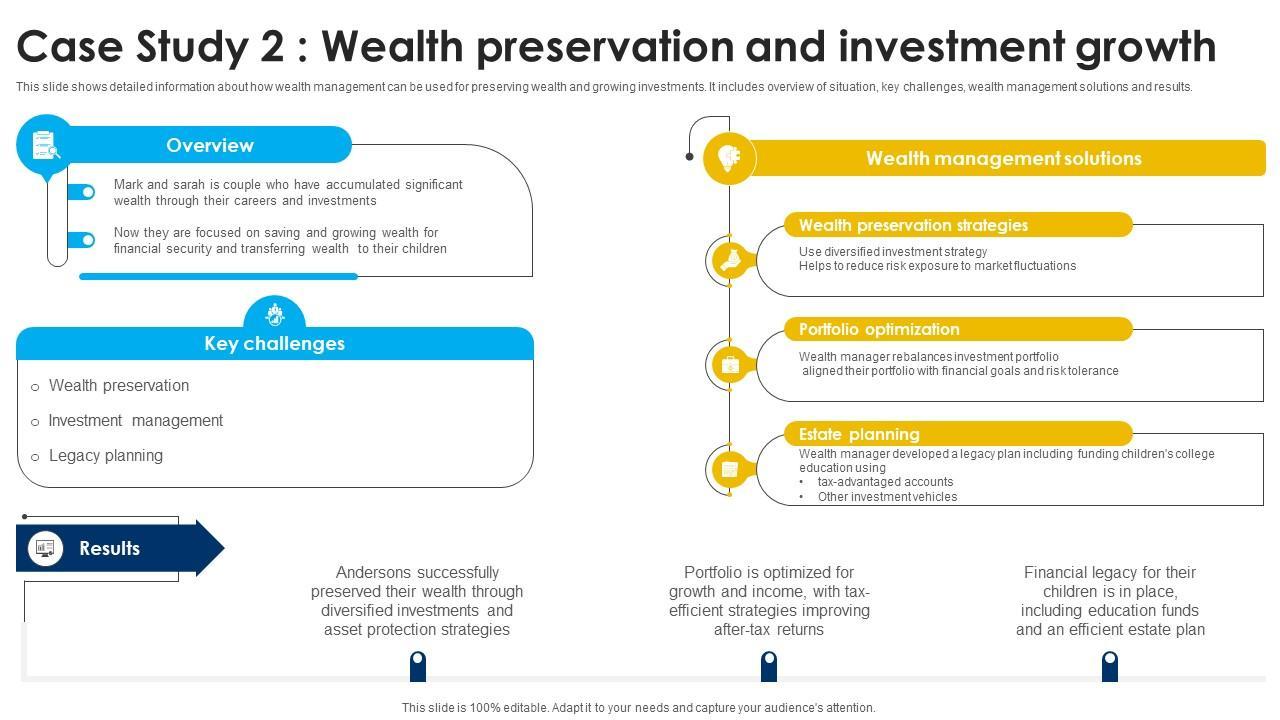
Understanding the Unique Security Challenges in Wealth Management
The world of wealth management is undergoing a seismic shift, where traditional practices are colliding with advanced technology. As firms adopt innovative software solutions to enhance client experiences, they also face a myriad of unique security challenges. These challenges stem from the sensitive nature of financial data and the increasing sophistication of cyber threats. To successfully navigate this complex landscape, understanding the following key areas is crucial:
- Data Privacy Regulations: Compliance with laws such as GDPR and CCPA is non-negotiable. Wealth management firms must prioritize robust data protection strategies to safeguard client information while ensuring compliance with these evolving regulations.
- Legacy Systems Vulnerabilities: Many firms still utilize outdated systems that are not designed to withstand modern cyber threats. Upgrading these systems is essential to mitigate potential breaches and protect assets.
- Client Authentication Methods: As cybercriminals become more adept, multi-factor authentication has become a necessity. Implementing strong client verification processes can significantly reduce the risk of unauthorized access.
Moreover, wealth management firms need to pay attention to the human element. Employee training and awareness are pivotal in creating a culture of security within the organization. Regularly educating staff on the latest phishing schemes and social engineering tactics can help bolster defenses against cyber threats. Here are a few strategies to consider:
- Regular Security Training: Conduct ongoing training sessions to keep employees informed about current cybersecurity risks and best practices.
- Phishing Simulations: Implement simulated phishing attacks to test employee awareness and response to potential threats.
- Incident Response Plans: Develop clear protocols for employees to follow in the event of a security breach, ensuring a rapid and effective response.
Another essential component of safeguarding wealth management software is the use of advanced technology. Artificial intelligence and machine learning can enhance security measures by analyzing patterns, detecting anomalies, and predicting potential threats. Here’s a rapid overview of how these technologies can be integrated:
| Technology | Request | Benefit |
|---|---|---|
| AI-powered Analytics | Monitor transactions for suspicious activity | Real-time threat detection |
| machine Learning Algorithms | Identify potential fraud patterns | Proactive risk management |
| Automated Security Protocols | Respond to threats without human intervention | Faster incident response |
By embracing these strategies and technologies, wealth management firms can build a more secure software environment that not only protects sensitive information but also enhances client trust. In this highly competitive industry,a proactive approach to security can set firms apart and position them as leaders in safeguarding their clients’ financial futures.

Implementing Robust Authentication Mechanisms for client Access
in the realm of wealth management, safeguarding client assets and personal information is paramount.Implementing robust authentication mechanisms not only protects sensitive data but also builds trust with clients. Here are some effective strategies to enhance client access security:
- Multi-Factor Authentication (MFA): Employing MFA adds an additional layer of security by requiring clients to verify their identity through multiple forms. This can include a password, a text message verification code, or biometric identification.
- Adaptive Authentication: This method evaluates the risk level of each login attempt based on various factors such as location, device, and time. by adjusting authentication requirements dynamically, you can prevent unauthorized access without burdening legitimate users.
- Session Management: To further protect client sessions, implement timeout features that automatically log users out after periods of inactivity. This reduces the risk of unauthorized access when devices are left unattended.
it’s also essential to educate clients on the importance of using strong,unique passwords. Encourage them to leverage password managers that can generate and store complex passwords securely. Additionally,consider implementing a periodic password change policy to enhance overall security.
For seamless integration of these authentication methods, a clear and user-amiable interface is crucial. Clients should find it easy to navigate authentication processes without feeling overwhelmed.Providing step-by-step guidance and intuitive design can significantly improve user experience.
| Authentication Method | Benefits | Considerations |
|---|---|---|
| Multi-Factor Authentication | Increased security | Requires user participation |
| Adaptive Authentication | Dynamic security levels | Complex implementation |
| Session Management | Reduces risk from idle sessions | User inconvenience if timeouts are too short |
By prioritizing these robust authentication mechanisms, wealth management firms not only comply with regulatory standards but also foster a culture of security that resonates with clients. In a digital landscape rife with threats, ensuring the safety of client interactions is not just an option—it’s a necessity.
The Importance of Data Encryption: Protecting Sensitive Financial Information
In today’s digital landscape,the need for robust data encryption cannot be overstated,especially in the realm of wealth management. Financial institutions deal with a myriad of sensitive information, from personal identification details to intricate financial records. Protecting this data is not just a regulatory requirement; it is a cornerstone of client trust and business integrity. Here’s why embracing encryption should be non-negotiable for anyone involved in managing wealth.
First and foremost,encryption acts as a powerful shield against cyber attacks.With the rise of elegant hacking techniques, even the most secure systems are vulnerable. By encrypting data, financial organizations ensure that even if unauthorized access occurs, the information remains unreadable. This is crucial for maintaining the confidentiality of client accounts, investment strategies, and other sensitive materials.
Furthermore, encryption enhances compliance with regulations. Financial entities are subject to stringent laws regarding data protection, such as the GDPR and PCI DSS. Implementing state-of-the-art encryption protocols not only helps in avoiding hefty fines but also positions a firm as a responsible custodian of client data. A proactive approach to security can be a significant competitive advantage in the wealth management sector.
Additionally,it fosters trust and loyalty among clients. In an era where data breaches make headlines,clients demand assurance that their information is secure.By transparently communicating your commitment to encryption, you build a solid foundation of trust. Clients are more likely to engage with a wealth management firm that prioritizes their privacy and security.
To illustrate the importance of encryption in protecting sensitive financial data, consider the following table:
| Type of Data | Encryption Importance |
|---|---|
| Personal identification Information | prevents identity theft and fraud |
| Financial Records | secures transactions and prevents unauthorized access |
| Investment Strategies | Protects intellectual property and competitive edge |
the implementation of data encryption technologies is not just about safeguarding information; it’s about building an ecosystem of security, trust, and compliance. By prioritizing encryption,wealth management firms can not only protect their clients but also their own reputations. It’s time to invest in robust encryption solutions to ensure that sensitive financial information remains confidential, secure, and resilient against future threats.

Regular Software Updates: A Non-Negotiable for Security
In the fast-paced world of wealth management, ensuring the security of software systems is not just a best practice—it’s a vital necessity. Regular software updates serve as the backbone of a robust security strategy, protecting sensitive financial data from evolving cyber threats. Ignoring these updates can leave your systems vulnerable, paving the way for potential breaches that could compromise client trust and lead to devastating financial losses.
Timely updates not only patch known vulnerabilities but also enhance the overall functionality of software. Consider the following key benefits:
- Enhanced Security: Each update typically addresses security flaws that could be exploited by cybercriminals.
- Improved Performance: Updated software often runs more efficiently,providing a smoother user experience.
- Compliance with Regulations: Keeping software current helps meet industry regulations and standards, which is crucial in wealth management.
Moreover, the stakes associated with security breaches in wealth management are incredibly high. The financial repercussions go beyond immediate losses; they can also result in long-term damage to a firm’s reputation. To underscore this point, consider the following table highlighting some recent statistics on financial breaches:
| Year | Average Cost of Data Breach | Percentage of Firms Affected |
|---|---|---|
| 2021 | $4.24 million | 85% |
| 2022 | $4.35 million | 90% |
| 2023 | $4.45 million | 95% |
As demonstrated, the costs associated with data breaches continue to rise, making it imperative to prioritize software updates as part of an ongoing security strategy. By adopting a proactive approach to updates, wealth management firms can significantly mitigate risks and safeguard their operations.
Ultimately, the message is clear: in a landscape where threats are constantly evolving, let’s not leave security to chance. Regular software updates should be seen not just as an IT task, but as a critical component of a firm’s strategic focus on security. Investing time and resources into maintaining up-to-date software is an investment in the future integrity of your business.

Conducting Thorough Risk Assessments to Identify Vulnerabilities
In the ever-evolving landscape of wealth management, identifying potential vulnerabilities is essential to safeguarding client assets and ensuring compliance with regulatory standards. A systematic approach to risk assessment helps organizations pinpoint weaknesses in their systems before they can be exploited. This proactive stance not only builds trust with clients but also fortifies the overall integrity of the financial service provided.
To effectively conduct risk assessments, consider implementing the following steps:
- Asset Identification: Recognize all critical assets, including databases, applications, and network infrastructure.Understanding what you’re protecting is the first step in a robust security strategy.
- Threat Analysis: Evaluate potential threats such as cyber-attacks, insider threats, and natural disasters. By understanding the landscape of risks, you can prioritize your security efforts.
- Vulnerability Assessment: Utilize tools and methodologies to assess the security posture of your systems. This might include penetration testing or automated vulnerability scanning to uncover weaknesses.
- Impact Analysis: Determine the potential impact of each identified risk. This will help prioritize risks based on their severity and likelihood,guiding your response strategies.
- Risk Mitigation Strategies: Develop a comprehensive plan to address identified vulnerabilities, which may include policy changes, security enhancements, or employee training.
Moreover, it can be beneficial to incorporate a table to summarize your findings and action plans.Here’s a simple template to get you started:
| Asset | Risk Type | Proposed Mitigation |
|---|---|---|
| client Database | Data Breach | Implement encryption and regular audits |
| External APIs | Third-Party Risk | Conduct vendor assessments |
| Employee access | Insider Threat | Enhance access controls and monitoring |
Understanding and addressing risks is not a one-time event but a continuous process. Regularly revisiting assessments allows for adjustments based on new technologies, emerging threats, or changes in regulations. By embedding risk assessments into your organization’s culture, you empower your teams to act swiftly and effectively in the face of evolving challenges.
Lastly, engaging with external experts or consultants can provide invaluable insights and an objective outlook on your risk exposures. These partnerships can enhance your existing capabilities and ensure that your risk management practices remain at the forefront of industry standards. In a sector where reputation is paramount, taking these steps not only secures your assets but also builds a resilient foundation for future growth.
Integrating Security into the Software Development Lifecycle
In today’s fast-paced financial landscape, wealth management firms must prioritize the security of their software applications.Integrating security measures into the Software Development Lifecycle (SDLC) is not merely an option; it is a necessity. By embedding security at each stage of development, organizations can significantly reduce vulnerabilities and safeguard sensitive client data.
Key Steps in Securing Your SDLC:
- Risk Assessment: begin by identifying potential security threats and vulnerabilities specific to the wealth management domain. This proactive approach allows teams to design more resilient applications.
- Security Requirements: Establish clear security requirements during the planning phase. This ensures that every team member understands the importance of security in their tasks.
- Threat Modeling: Utilize threat modeling to visualize potential attack vectors. This collaborative effort can help in prioritizing security efforts and resources efficiently.
- Code Reviews: Implement regular code reviews focusing on security. Encourage developers to adopt secure coding practices to minimize risks early on.
- Testing & Validation: Incorporate security testing tools into your CI/CD pipeline. Automated tests can quickly identify vulnerabilities before they become part of the production environment.
Collaboration between development, security, and operations teams is crucial. by fostering a culture of shared obligation, organizations can ensure that everyone is aligned toward a common goal: developing secure software. This approach not only enhances security posture but also cultivates trust among clients, who are increasingly concerned about their financial information’s safety.
Moreover, leveraging modern technologies like DevSecOps can enhance the integration of security practices. By automating security checks and integrating them into every phase of the software development process, teams can achieve a balance between speed and security. This shift ensures that security is a fundamental aspect of development, rather than an afterthought.
ongoing training and awareness programs for developers are essential.Providing resources and regular updates on emerging threats and security best practices can empower your team to take proactive measures in safeguarding software applications. By creating a security-first mindset, wealth management firms can not only protect their assets but also enhance their reputation in the industry.
| Stage | Security Focus |
|---|---|
| Planning | identify risks & establish requirements |
| Design | Utilize threat modeling |
| development | Adopt secure coding practices |
| Testing | Integrate security testing |
| deployment | Monitor and patch vulnerabilities |
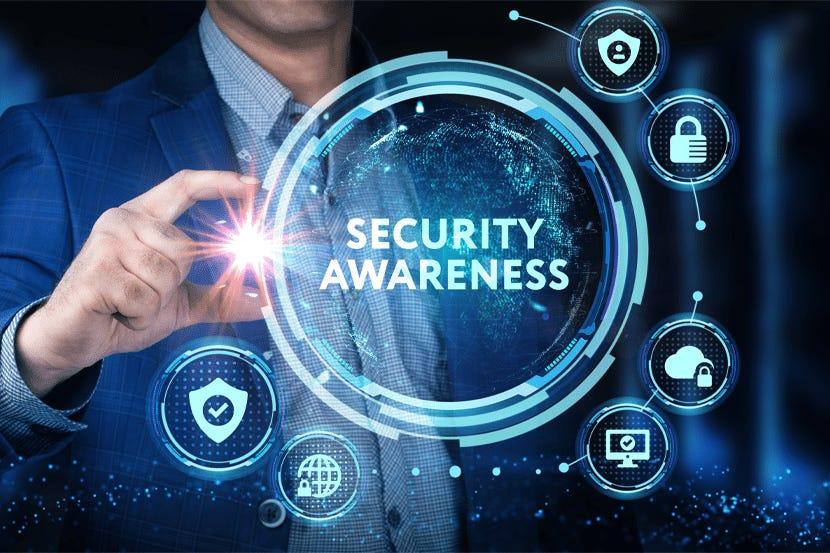
Creating a Culture of Security Awareness Among Employees
In today’s digital landscape, the human factor often becomes the weakest link in cybersecurity. To effectively protect sensitive financial data, organizations must prioritize security awareness among their employees. This isn’t just about compliance; it’s about fostering a mindset that recognizes the importance of safeguarding information at every level of the company.
Implementing a robust security training program is essential. Here are some key components that can help establish a culture of vigilance:
- Regular Training Sessions: Conduct workshops and seminars that focus on the latest security threats and best practices.
- Phishing Simulations: Run tests to see how employees respond to potential phishing attempts, providing immediate feedback to enhance their awareness.
- accessible Resources: Develop an easily accessible library of resources that employees can refer to when in doubt.
- Open Dialog: encourage employees to report suspicious activities without fear of repercussions, reinforcing that security is a shared responsibility.
To further solidify this culture, consider establishing a system of recognition and rewards for employees who demonstrate exemplary security practices. This could include:
| Recognition Type | Description |
|---|---|
| Employee of the Month | Acknowledge an employee who has gone above and beyond in promoting security practices. |
| Security Champion Program | Appoint employees as security ambassadors within their departments to promote best practices. |
| Incentives for Reporting | Offer small rewards for employees who report potential security threats or vulnerabilities. |
furthermore, integrating security into daily routines can make a significant difference. Encourage regular discussions about security in team meetings, and share success stories of how proactive measures thwarted potential threats. This not only keeps security top-of-mind but also demonstrates its relevance in everyday tasks.
Ultimately, creating a security-aware culture requires commitment from leadership and buy-in from every employee. By making security a core value of your organization, you not only protect your assets but also empower your workforce to take an active role in defending against threats, ensuring a stronger, more resilient future for your wealth management software.

Leveraging Advanced Technologies for Enhanced Threat Detection
In today’s rapidly evolving financial landscape, the integration of advanced technologies is no longer a luxury but a necessity for effective threat detection. Wealth management firms must harness the power of cutting-edge tools to safeguard sensitive client information and maintain trust. By adopting these technologies, companies can create a proactive security posture that not only identifies potential threats but also mitigates risks before they escalate.
Artificial intelligence (AI) and machine learning (ML) play pivotal roles in enhancing threat detection capabilities. These technologies can analyze vast amounts of data at lightning speed, identifying patterns and anomalies that traditional methods might overlook. By implementing AI-driven solutions, firms can:
- Identify unusual transaction patterns: Machine learning algorithms can flag transactions that deviate from a client’s typical behavior, aiding in the early identification of fraud.
- Automate threat response: AI systems can initiate predefined security measures in response to specific threats, reducing the time taken to react to incidents.
- Improve predictive analytics: By learning from historical data, AI can forecast potential security breaches, enabling firms to bolster defenses before an attack occurs.
Moreover, integrating advanced cybersecurity measures such as behavioral analytics and biometric verification further strengthens the security framework. Behavioral analytics tools evaluate users’ actions and access patterns to establish a baseline of “normal” behavior. Any deviation can trigger alerts, allowing for immediate inquiry. Additionally, biometric verification methods, like fingerprint and facial recognition, provide an extra layer of security that is difficult for malicious actors to bypass.
Investing in these advanced technologies not only enhances threat detection but also fosters a culture of security awareness within the organization. Regular training sessions on emerging threats and security best practices empower employees to be the first line of defense against cyberattacks. A educated workforce is an invaluable asset in maintaining the integrity of client data.
| Technology | Benefit |
|---|---|
| AI & ML | Rapid anomaly detection and automated responses |
| Behavioral Analytics | Identification of unusual user behavior for threat mitigation |
| Biometric Verification | Enhanced security through unique personal identifiers |

Building Trust Through Transparent Security Practices
In an era when cyber threats are increasingly sophisticated, demonstrating openness in your security practices is not just a strategy; it’s a necessity.Wealth management firms must prioritize open communication with clients about how their sensitive data is protected.This transparency helps establish a foundation of trust, which is paramount when dealing with client assets and personal information.
One effective approach is to implement a comprehensive security framework that covers all aspects of software development. Here are key elements to consider:
- Code Reviews: regular audits of code by both automated tools and peer reviews to identify vulnerabilities quickly.
- Third-Party Assessments: Engaging external cybersecurity experts to provide an unbiased evaluation of your security measures.
- Incident Response Plans: Clearly defined protocols for managing data breaches, ensuring that clients are kept informed at every stage.
Moreover, you can enhance client confidence by educating them about your security practices. Providing resources such as webinars, FAQs, and detailed guides on how data is handled can demystify the process. This not only reassures clients but also empowers them to understand the importance of security in wealth management.
In addition to communication, consider establishing a transparency report that outlines your security metrics and incidents over time. this report can include:
| Year | security Incidents | Resolved | Ongoing |
|---|---|---|---|
| 2021 | 3 | 3 | 0 |
| 2022 | 2 | 2 | 0 |
| 2023 | 1 | 1 | 0 |
By consistently sharing information about your security practices and performance, you reinforce your commitment to protecting client data. This not only builds trust but also sets your firm apart in a competitive landscape where clients prioritize security as a key factor in their decision-making process.

Preparing for Regulatory Compliance in Wealth Management Software
As wealth management software becomes increasingly integral to financial services, preparing for regulatory compliance is non-negotiable. With evolving regulations around data security, privacy, and client interactions, ensuring your software meets these standards is essential for maintaining trust and credibility.
Here are some key strategies for achieving compliance:
- Understand Regulatory Frameworks: Familiarize yourself with laws such as GDPR, FINRA, and SEC regulations. Each jurisdiction may have unique requirements that influence software design.
- Implement robust Data protection Measures: Ensure encryption, access controls, and secure data storage to protect sensitive client information from breaches.
- Conduct Regular Audits: establish a routine for assessing compliance through internal audits. This proactive approach can help identify and address potential issues before they escalate.
- Stay Updated: regulatory landscapes can shift.Subscribe to industry news, attend webinars, and collaborate with compliance experts to stay informed.
Creating a compliance-focused culture within your organization is equally importent. Involve your development team in compliance discussions from the outset, ensuring that security features are baked into the software rather than added as an afterthought.this not only mitigates risks but also enhances the overall user experience.
| Compliance Aspect | Action Required | Frequency |
|---|---|---|
| Data Encryption | Implement encryption protocols | continuous |
| Access Control | Regularly update user permissions | Monthly |
| Audit Trails | Monitor and review access logs | Quarterly |
Ultimately, the goal is to develop a software solution that not only meets regulatory requirements but also fosters a relationship of trust with clients. By prioritizing compliance and security, you reinforce your commitment to safeguarding client assets and sensitive information.This approach not only mitigates legal risks but also enhances your firm’s reputation in a competitive market.
Frequently asked Questions (FAQ)
Q&A: Building Secure Software for wealth management
Q: Why is security a top priority in wealth management software?
A: Great question! In wealth management,we’re dealing with sensitive financial information,personal data,and significant assets. A breach not only jeopardizes client trust but could also lead to legal repercussions and financial losses for firms. Ensuring robust security safeguards this information, protects the firm’s reputation, and fosters long-term client relationships.
Q: What are some common security threats faced by wealth management software?
A: There are several threats to be aware of. Phishing attacks, ransomware, and data breaches are among the most prevalent. Hackers are constantly evolving their tactics, so wealth management firms must remain vigilant. Additionally,insider threats and unpatched software vulnerabilities can pose serious risks if not addressed properly.
Q: How can firms identify and mitigate these risks?
A: Conducting regular risk assessments is key. This involves identifying potential vulnerabilities in your software and infrastructure, then implementing measures to address them. Utilizing encryption,multi-factor authentication,and regular software updates can significantly reduce risks. Also, fostering a culture of security awareness among staff is essential—after all, human error is often the weakest link.
Q: What role does regulatory compliance play in software security?
A: regulatory compliance is crucial in wealth management. Regulations like GDPR, FINRA, and SEC guidelines mandate strict data protection measures. Not only do they help protect client information, but they also provide a framework for security best practices. By adhering to these regulations, firms can avoid hefty fines and enhance their overall security posture.
Q: Can you share some best practices for building secure software in this sector?
A: Absolutely! Here are some essential best practices:
- incorporate security by Design: Start with security in mind during the software development lifecycle.
- Regular updates and patch Management: Keep your software up-to-date to counter emerging threats.
- Conduct Penetration Testing: Regularly test your systems for vulnerabilities through simulated attacks.
- Implement Strong Access Controls: Limit access to sensitive data based on user roles and responsibilities.
- Educate Your Team: Training staff on security awareness ensures that everyone understands their role in maintaining security.
Q: How can technology, like AI, enhance software security in wealth management?
A: Technology, especially AI, can greatly enhance security measures.AI can analyze patterns in user behavior to detect anomalies that might indicate a security breach. It can also automate threat detection and response, reducing the time it takes to react to potential incidents. By leveraging technology, firms can stay one step ahead of cyber threats.
Q: What should firms consider when choosing a software vendor for wealth management solutions?
A: It’s vital to thoroughly vet potential vendors. Look for those with a proven track record in security practices. Ask about their compliance with relevant regulations and their incident response policies. Also, consider their approach to software updates and support. A vendor’s security culture should align with your firm’s commitment to protecting client data.
Q: what’s the key takeaway for wealth management firms looking to enhance their software security?
A: The key takeaway is to prioritize security at every level—from design and development to training and compliance. By fostering a security-first culture and implementing robust measures, firms can protect their clients, build trust, and ultimately thrive in an increasingly digital world.Remember, investing in security is not just a cost; it’s a critical component of your business strategy.
To Conclude
As we wrap up our discussion on building secure software for wealth management, let’s remember that in today’s digital age, security isn’t just an option; it’s a necessity. The financial landscape is evolving rapidly, and with it, the threats to our systems and client data. By prioritizing security from the very beginning of the software development process, we not only protect our clients’ assets but also build trust and credibility in our brand.
Investing in robust security measures is akin to putting on a seatbelt before driving; it’s a proactive step to ensure safety in an unpredictable environment. Whether you’re a developer,a financial advisor,or a decision-maker,you have a pivotal role to play. Embrace innovative security practices, stay informed about emerging threats, and foster a culture of security awareness within your teams.
Let’s not wait for a breach to remind us of the importance of security. Rather, let’s take proactive steps today to fortify our software and, by extension, the future of wealth management.Together, we can create a secure environment where clients can confidently grow and manage their wealth. Remember, security is a journey, not a destination—let’s embark on this journey together, ensuring that we’re not just keeping up with the industry but leading the way.


